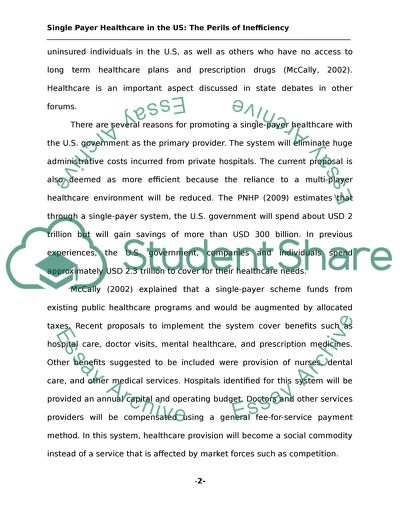Cite this document
(“Single Payer Universial Healthcare with either Government as Fiscal Research Paper”, n.d.)
Retrieved from https://studentshare.org/health-sciences-medicine/1430505-single-payer-universial-health-care-with-either
Retrieved from https://studentshare.org/health-sciences-medicine/1430505-single-payer-universial-health-care-with-either
(Single Payer Universial Healthcare With Either Government As Fiscal Research Paper)
https://studentshare.org/health-sciences-medicine/1430505-single-payer-universial-health-care-with-either.
https://studentshare.org/health-sciences-medicine/1430505-single-payer-universial-health-care-with-either.
“Single Payer Universial Healthcare With Either Government As Fiscal Research Paper”, n.d. https://studentshare.org/health-sciences-medicine/1430505-single-payer-universial-health-care-with-either.


